

- RFQ
- BOM
-
Contact Us
Tel: +86-0755-83501315
Email: sales@sic-components.com
- Chinese
- English
- French
- German
- Portuguese
- Spanish
- Russian
- Japanese
- Korean
- Arabic
- Irish
- Greek
- Turkish
- Italian
- Danish
- Romanian
- Indonesian
- Czech
- Afrikaans
- Swedish
- Polish
- Basque
- Catalan
- Esperanto
- Hindi
- Lao
- Albanian
- Amharic
- Armenian
- Azerbaijani
- Belarusian
- Bengali
- Bosnian
- Bulgarian
- Cebuano
- Chichewa
- Corsican
- Croatian
- Dutch
- Estonian
- Filipino
- Finnish
- Frisian
- Galician
- Georgian
- Gujarati
- Haitian
- Hausa
- Hawaiian
- Hebrew
- Hmong
- Hungarian
- Icelandic
- Igbo
- Javanese
- Kannada
- Kazakh
- Khmer
- Kurdish
- Kyrgyz
- Latin
- Latvian
- Lithuanian
- Luxembou..
- Macedonian
- Malagasy
- Malay
- Malayalam
- Maltese
- Maori
- Marathi
- Mongolian
- Burmese
- Nepali
- Norwegian
- Pashto
- Persian
- Punjabi
- Serbian
- Sesotho
- Sinhala
- Slovak
- Slovenian
- Somali
- Samoan
- Scots Gaelic
- Shona
- Sindhi
- Sundanese
- Swahili
- Tajik
- Tamil
- Telugu
- Thai
- Ukrainian
- Urdu
- Uzbek
- Vietnamese
- Welsh
- Xhosa
- Yiddish
- Yoruba
- Zulu
- Kinyarwanda
- Tatar
- Oriya
- Turkmen
- Uyghur
AC Capacitors: Your Complete Guide
1. Introduction
In the intricate landscape of electrical systems, alternating current (AC) capacitors stand as crucial components that often operate behind the scenes, yet play a pivotal role in ensuring the efficient and reliable functioning of various devices. From powering air conditioners to improving the performance of electrical circuits, AC capacitors are integral to modern electrical engineering. This article aims to provide a comprehensive exploration of AC capacitors, delving into their functionality, types, applications, and the key considerations when dealing with them.
2. How AC Capacitors Work
AC capacitors operate on the principle of storing electrical energy in an electric field. They consist of two conductive plates separated by a dielectric material. When an AC voltage is applied across the capacitor, the electric field causes electrons to accumulate on one plate while an equal number of electrons are removed from the other plate, creating a separation of charge.
As the AC voltage alternates, the capacitor continuously charges and discharges. During the positive half-cycle of the AC voltage, the capacitor charges, storing energy in the electric field. In the negative half-cycle, it discharges, releasing the stored energy back into the circuit. This cyclic process of charging and discharging allows the capacitor to perform several important functions in AC circuits.
One of the key characteristics of AC capacitors is their impedance, which is inversely proportional to the frequency of the AC signal. At low frequencies, the capacitor offers high impedance, restricting the flow of current. As the frequency increases, the impedance decreases, enabling more current to pass through. This frequency-dependent behavior is exploited in various applications to control the flow of electrical current and manipulate the properties of the circuit.
3. Types of AC Capacitors
3.1 Film Capacitors
Film capacitors are known for their high stability and reliability. They use a thin film of dielectric material, such as polypropylene or polyester, between two metal foils or metalized films. These capacitors have low dielectric absorption, which means they retain less charge after being discharged, making them suitable for applications where accurate charge storage and release are required.
Film capacitors are commonly used in high-frequency applications, such as power supplies, filters, and coupling circuits. Their ability to handle high frequencies with minimal signal distortion and their long lifespan make them a popular choice in many electronic devices.
3.2 Electrolytic Capacitors
Electrolytic AC capacitors are designed to provide high capacitance values in a relatively small size. They use an electrolyte, typically a liquid or solid solution, as part of their construction. The electrolyte forms a thin oxide layer on one of the electrodes, which acts as the dielectric.
While electrolytic capacitors offer high capacitance, they also have some limitations. They are polarized, meaning they have a specific positive and negative terminal, and must be connected correctly in the circuit. Incorrect polarity can lead to capacitor failure and potentially dangerous situations. Additionally, electrolytic capacitors have a higher equivalent series resistance (ESR) compared to some other types, which can cause power losses and heat generation.
Despite these drawbacks, electrolytic capacitors are widely used in applications where large capacitance values are needed, such as in motor run capacitors for air conditioners and other electrical appliances.
3.3 Ceramic Capacitors
Ceramic capacitors are among the most common types of AC capacitors. They use ceramic materials as the dielectric, which offer a wide range of capacitance values and excellent temperature stability. Ceramic capacitors can be either polarized or non-polarized, depending on the specific ceramic material and construction.
These capacitors are known for their small size, low cost, and high-frequency performance. They are often used in filter circuits, coupling applications, and as bypass capacitors to remove high-frequency noise from power supplies. The capacitance of ceramic capacitors can vary depending on the type of ceramic material used, with some materials offering very high dielectric constants for increased capacitance.
3.4 Motor Run Capacitors
Motor run capacitors are specifically designed for use in AC induction motors. They play a crucial role in improving the starting torque and running efficiency of the motor. These capacitors are typically electrolytic or film capacitors with high capacitance and voltage ratings to meet the demands of the motor.
During the starting phase of the motor, the capacitor provides an additional boost of current to help the motor overcome the initial resistance and start rotating. Once the motor reaches its operating speed, the capacitor continues to supply a steady current to maintain the motor's performance. Selecting the correct motor run capacitor is essential for ensuring the proper operation and longevity of the motor.
4. Applications of AC Capacitors
4.1 Power Factor Correction
One of the primary applications of AC capacitors is power factor correction. In an AC electrical system, the power factor is a measure of how effectively electrical power is being used. A low power factor indicates that a significant amount of electrical energy is being wasted as reactive power, which does not contribute to the useful work done by the circuit.
AC capacitors can be used to improve the power factor by offsetting the inductive reactance in the circuit. By adding a capacitor in parallel with the inductive load, the reactive power is compensated, and the power factor is increased. This results in reduced energy losses, lower electricity bills, and improved overall efficiency of the electrical system.
4.2 Filtering
AC capacitors are essential components in filter circuits. They are used to remove unwanted frequencies and noise from electrical signals, ensuring that only the desired frequencies pass through. In power supplies, capacitors are used to filter out the ripple voltage, which is the small AC component present in the DC output. By smoothing out the ripple voltage, capacitors provide a more stable DC power supply for the connected devices.
In audio systems, capacitors are used in crossover networks to separate the different frequency components of the audio signal and direct them to the appropriate speakers. They also help to remove any unwanted noise or interference from the audio signal, resulting in clearer and more accurate sound reproduction.
4.3 Coupling and Decoupling
In electronic circuits, AC capacitors are used for coupling and decoupling purposes. Coupling capacitors are used to transfer signals between different stages of a circuit while blocking the DC component. This allows the AC signal to pass through while preventing the DC bias of one stage from affecting the next stage.
Decoupling capacitors, on the other hand, are used to provide a local energy source for integrated circuits and other sensitive components. They help to stabilize the power supply voltage by filtering out any high-frequency fluctuations and providing a reserve of energy to meet the sudden demands of the component. This ensures that the component operates smoothly and reliably.
4.4 Timing Circuits
AC capacitors are also used in timing circuits, such as oscillators and timers. In these circuits, the charging and discharging characteristics of the capacitor are used to control the timing of various events. For example, in a simple RC oscillator circuit, the capacitor and resistor combination determines the frequency of the oscillation. By adjusting the values of the capacitor and resistor, the frequency of the oscillator can be precisely controlled.
5. Key Considerations When Using AC Capacitors
5.1 Capacitance Value
Selecting the appropriate capacitance value is crucial for the proper functioning of the circuit. The required capacitance value depends on the specific application and the characteristics of the circuit. In power factor correction applications, for example, the capacitance value needs to be carefully calculated to achieve the desired power factor improvement. In filtering applications, the capacitance value determines the cutoff frequency of the filter, which affects the ability to remove unwanted frequencies.
5.2 Voltage Rating
The voltage rating of an AC capacitor is the maximum voltage that it can safely withstand without being damaged. It is important to choose a capacitor with a voltage rating that is higher than the expected operating voltage of the circuit. Exceeding the voltage rating can lead to capacitor failure, which can cause damage to other components in the circuit and potentially pose a safety hazard.
5.3 Tolerance
The tolerance of an AC capacitor refers to the allowable deviation of its actual capacitance value from the nominal value. Capacitors with a low tolerance are more accurate and are often used in applications where precise capacitance values are required. However, they are also more expensive. In applications where a higher tolerance can be tolerated, capacitors with a higher tolerance can be used to reduce costs.
5.4 Temperature Coefficient
The capacitance of an AC capacitor can change with temperature. The temperature coefficient of a capacitor is a measure of how much the capacitance changes per degree of temperature change. In applications where temperature stability is important, such as in precision electronic circuits, it is necessary to choose a capacitor with a low temperature coefficient.
5.5 Equivalent Series Resistance (ESR) and Equivalent Series Inductance (ESL)
ESR and ESL are important parameters that affect the performance of an AC capacitor, especially at high frequencies. ESR represents the internal resistance of the capacitor, which can cause power losses and heat generation. ESL represents the internal inductance of the capacitor, which can affect the impedance of the capacitor at high frequencies. In high-frequency applications, it is important to choose a capacitor with low ESR and ESL to minimize these effects.
6. Safety Precautions
AC capacitors can store a significant amount of electrical energy, even after the power is turned off. Therefore, it is important to take appropriate safety precautions when handling them. Before working on a circuit that contains AC capacitors, it is essential to discharge the capacitors completely to prevent the risk of electric shock.
This can be done by using a suitable resistor to connect the terminals of the capacitor for a short period of time. It is also important to handle capacitors with care to avoid physical damage, as damaged capacitors can pose a safety hazard.
7. Conclusion
AC capacitors are essential components in modern electrical systems, playing a vital role in a wide range of applications. Their ability to store and release electrical energy, along with their frequency-dependent impedance characteristics, makes them indispensable for power factor correction, filtering, coupling, decoupling, and timing circuits.
When using AC capacitors, it is important to carefully consider the various parameters and select the appropriate capacitor for the specific application. By taking the necessary safety precautions and following best practices, engineers and technicians can ensure the safe and reliable operation of electrical systems that incorporate AC capacitors. As technology continues to evolve, the importance of AC capacitors in electrical engineering is likely to remain significant, driving further innovation and development in this field.
https://www.sic-components.com/capacitors

Hot Products
View MoreRelated Blogs

2000+
Daily average RFQ Volume

30,000,000
Standard Product Unit

2800+
Worldwide Manufacturers

15,000 m2
In-stock Warehouse




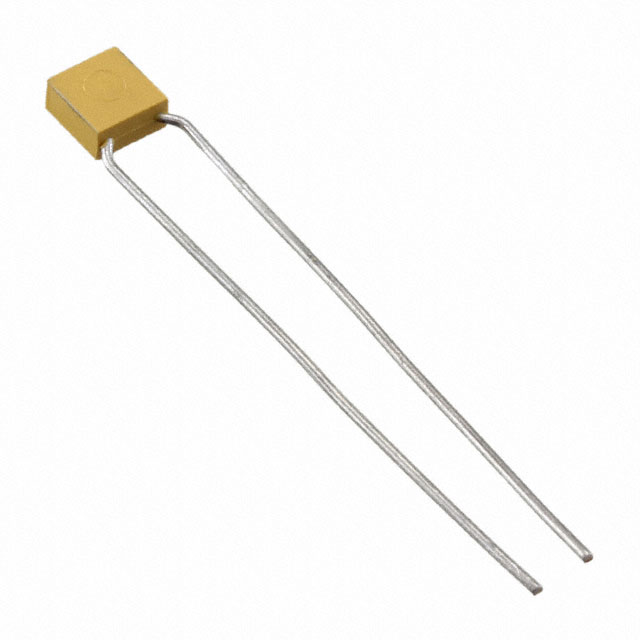
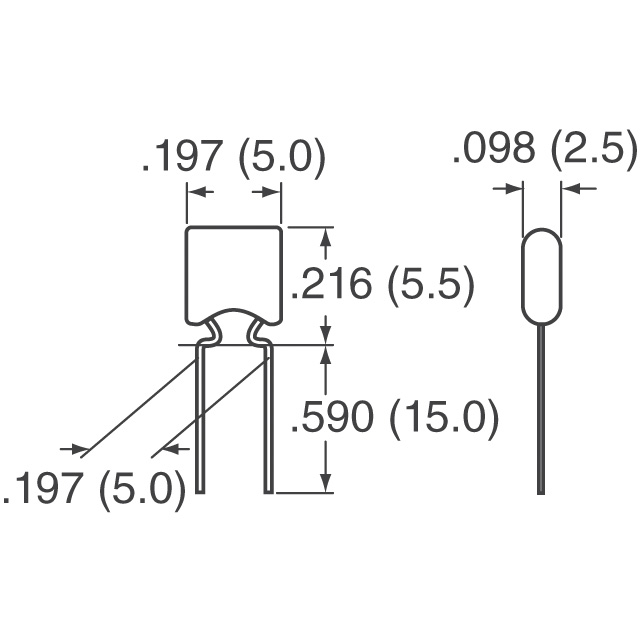
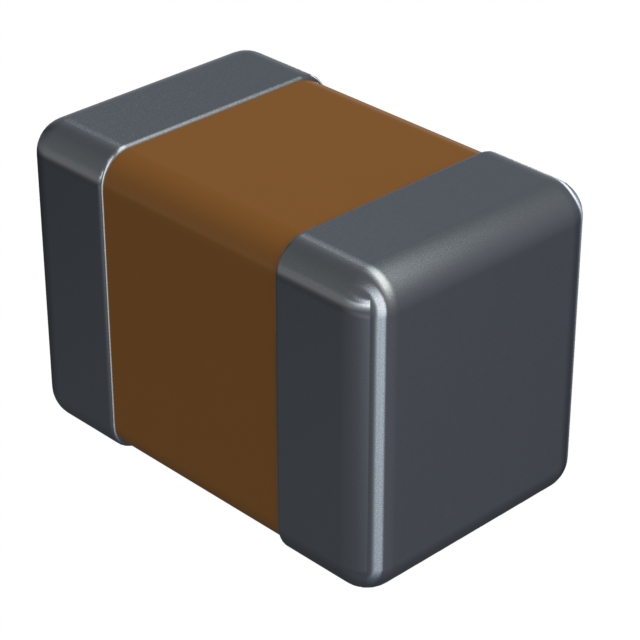
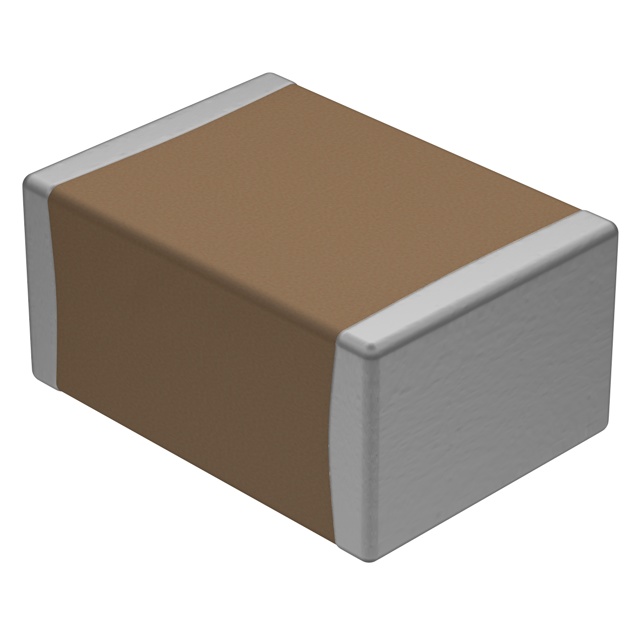
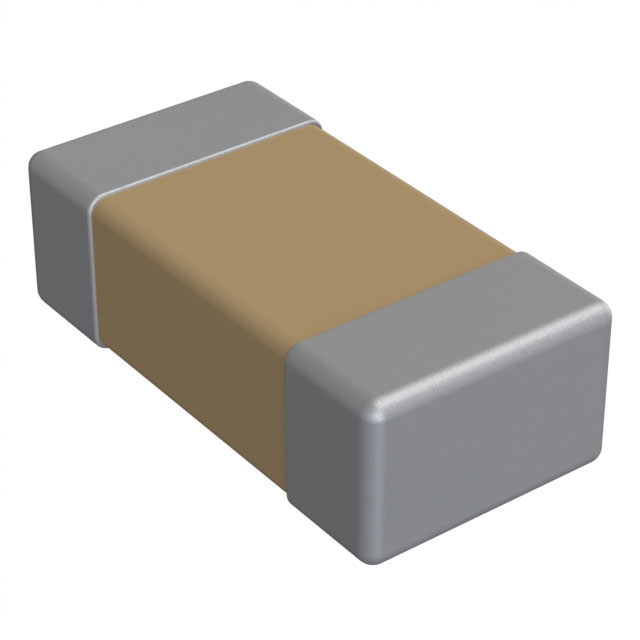


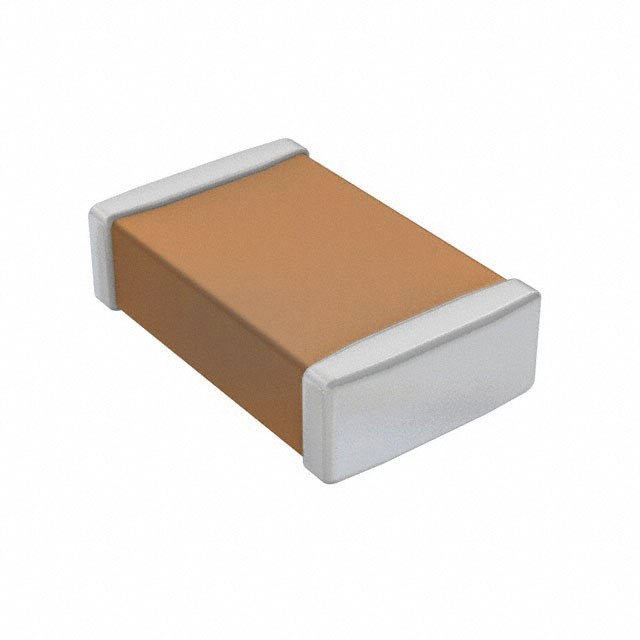

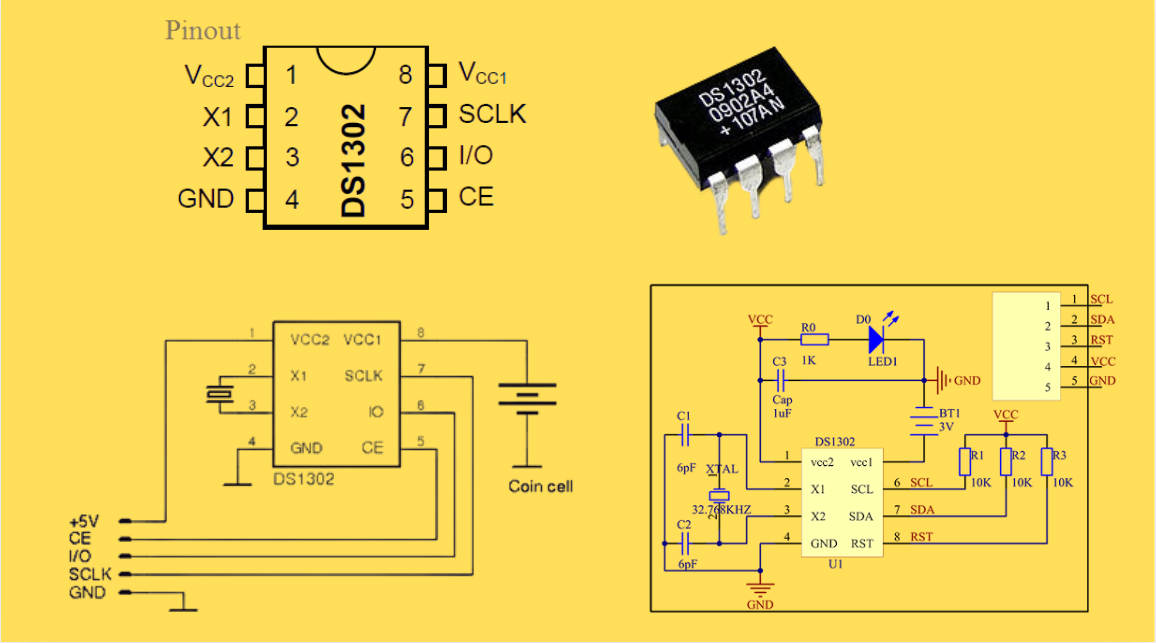

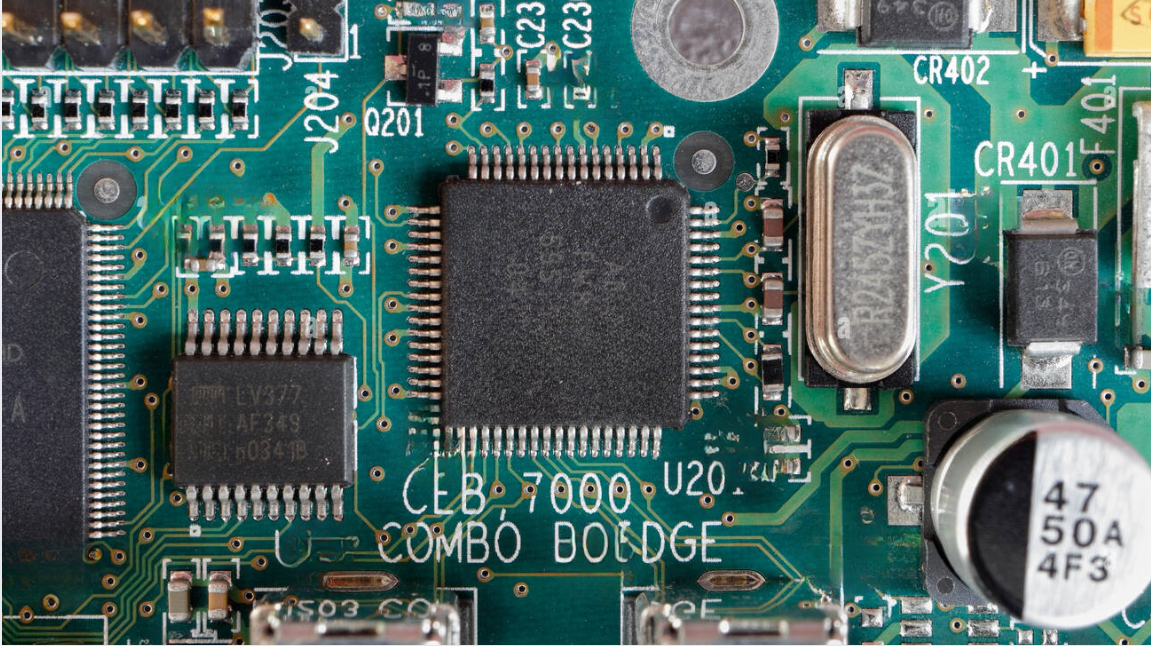
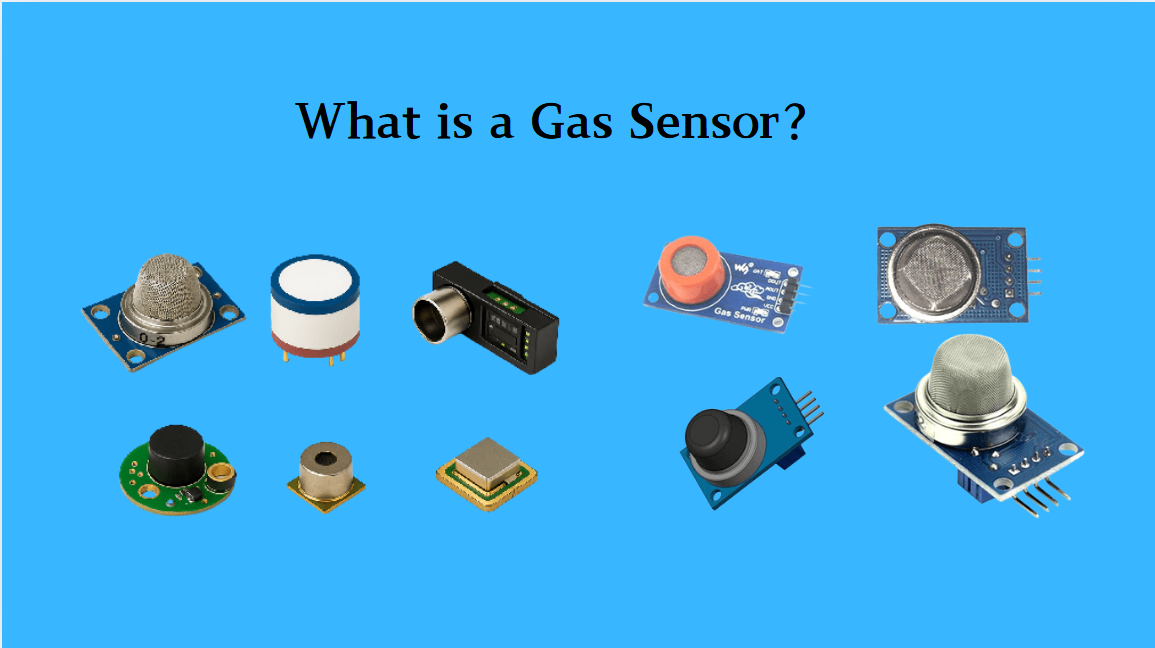

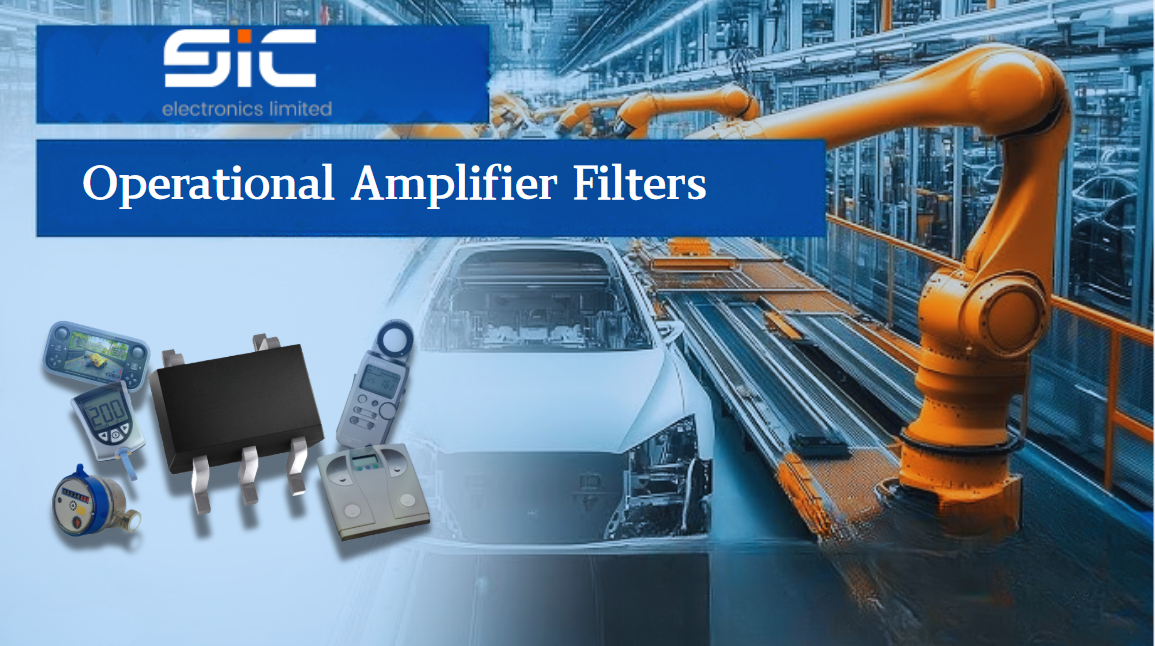

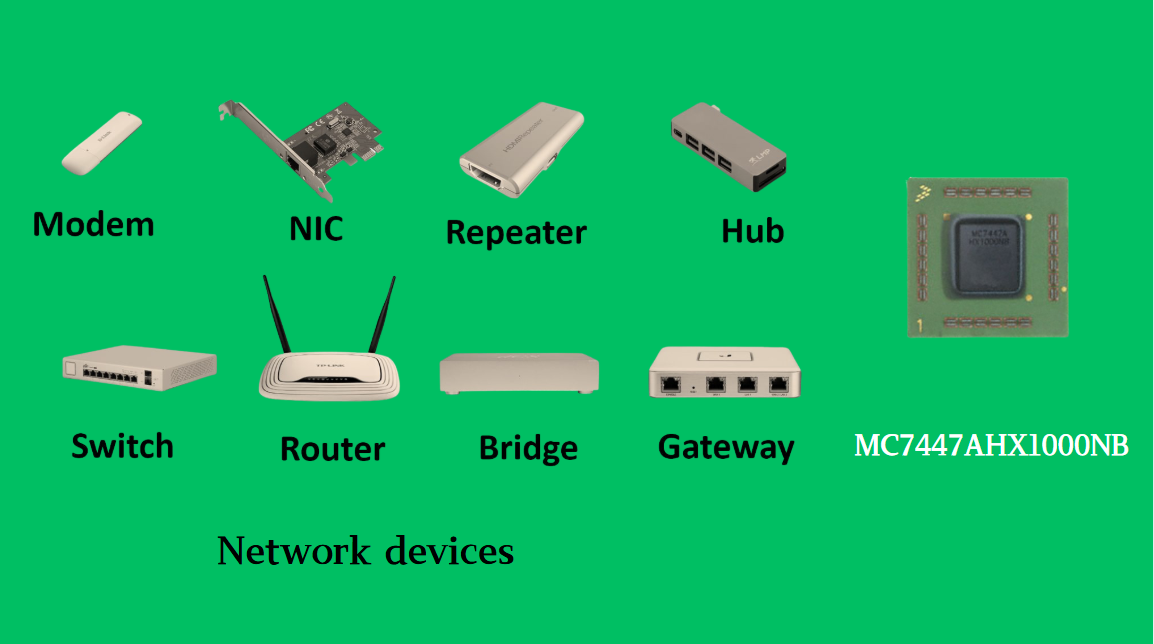
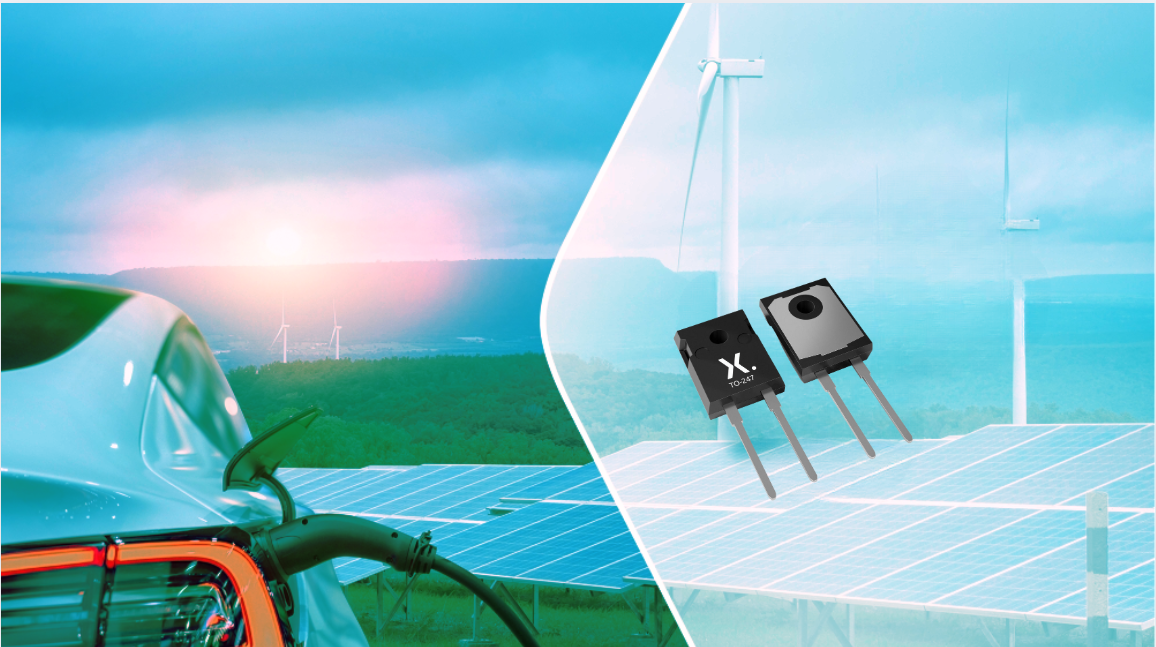
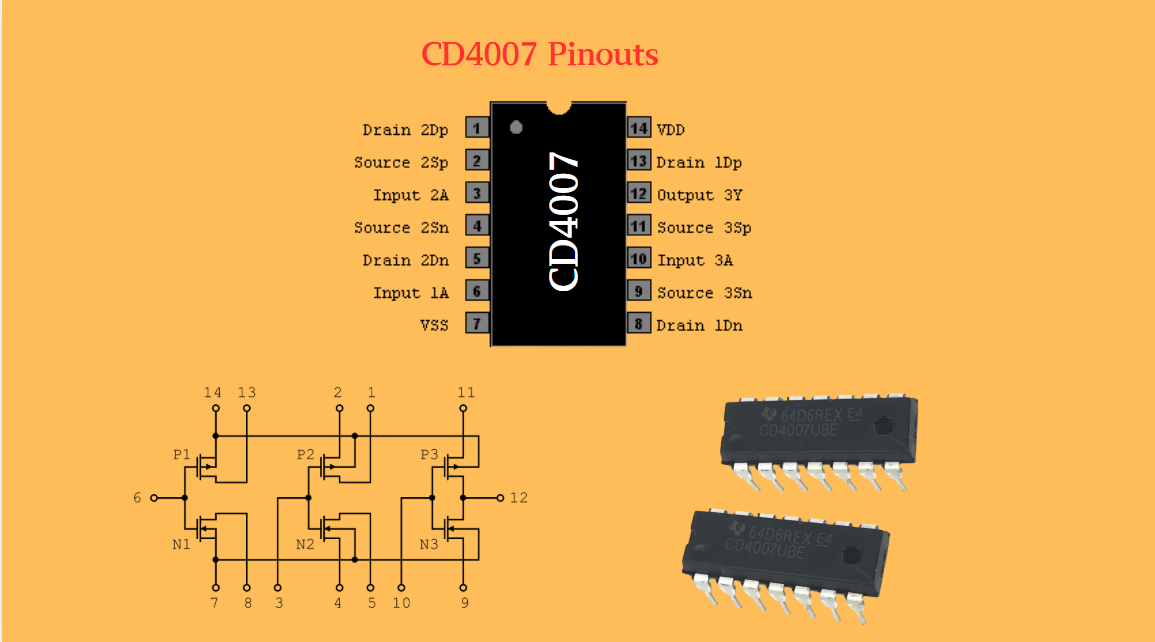
 Wishlist (0 Items)
Wishlist (0 Items)